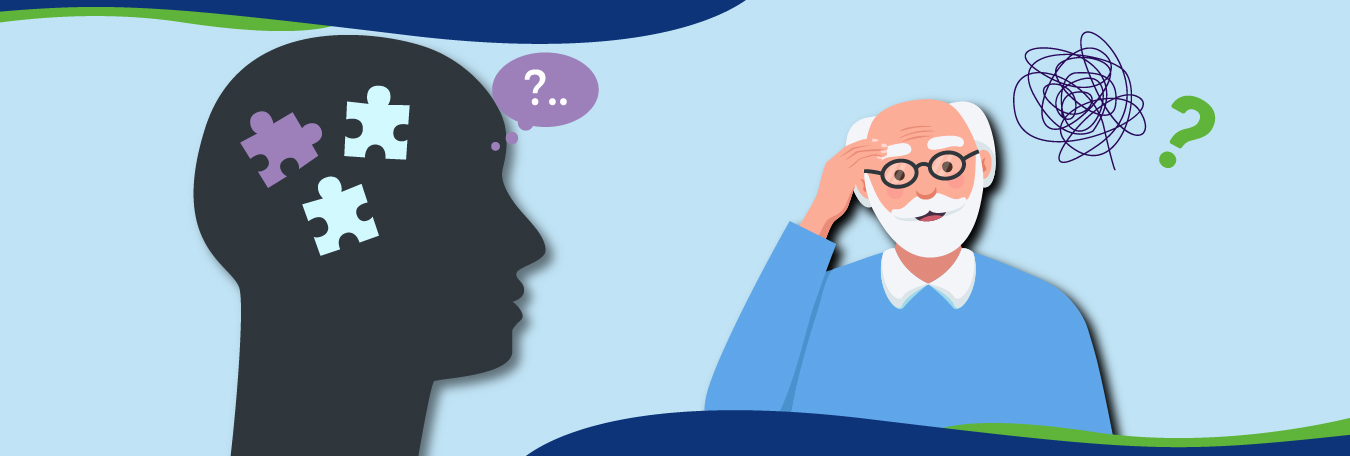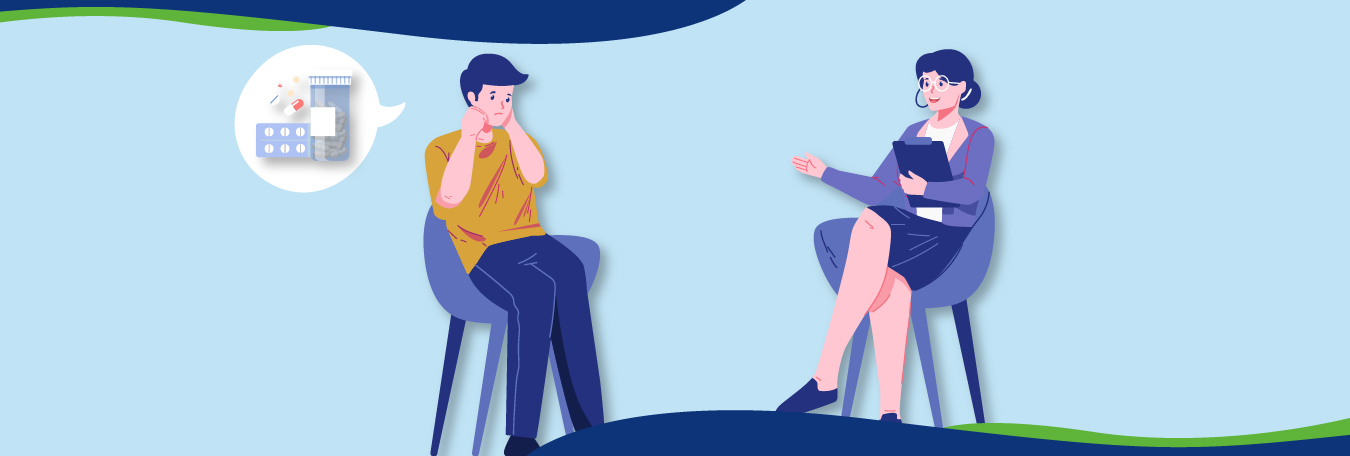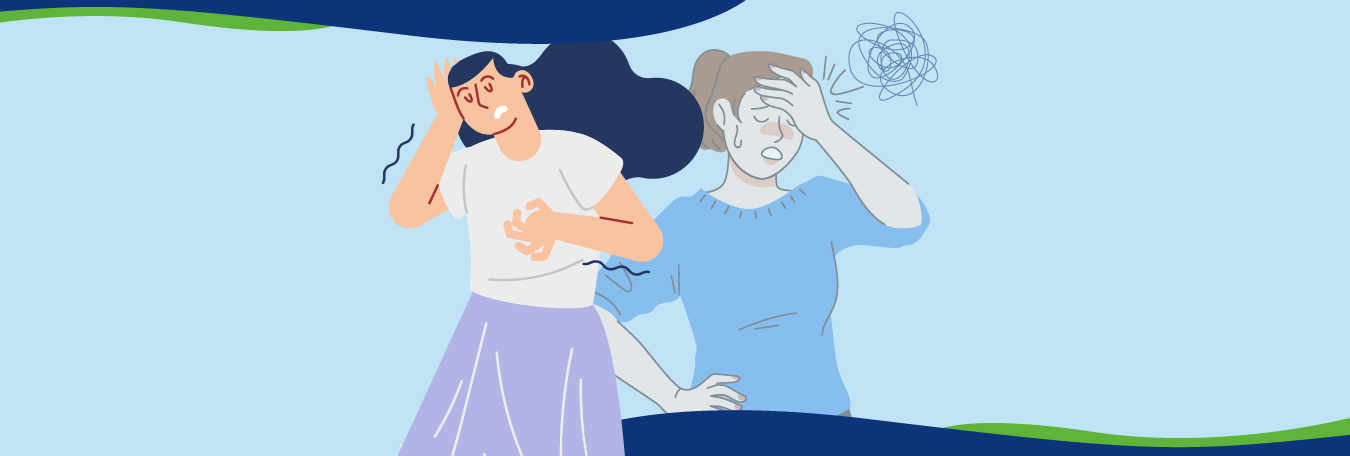The vicious cycle of addiction destroys lives, not just of the ones with the substance abuse problem but also of those who surround them. It has a tendency to affect as much as it can, like memory, motivation, family, and more. Some people may say that addiction lies inside of a person’s character and that might be true as the recovery process starts from within. However, an addition is a lot more than one person. It can be about a cycle, wherein one of the stages is easier to leave than the other, so it is necessary to talk about the addiction cycle in the words below:
What is the Addiction Cycle?
Recovery is a time-consuming process, as it can take around anywhere from months to years to even decades. An addict will be quick enough to recognize the pattern of the cycle or the stage that the addict is going through in the addiction cycle, that the addict may not be able to do anything about. This is because an addict’s brain’s reward system becomes used to it, so the cravings and substance-seeking behaviors do follow. Their willpower is no longer something they can rely on to control their substance use, even if they know the stage they are in. After the brain’s reward system becomes used to it, the cravings and substance-seeking behaviors will follow. Their willpower is no longer something they can rely on to control their substance use. To understand this phenomenon, we need to see a detailed explanation of this vicious cycle of addiction.
Read More: Stages Of Change In Addiction: A Journey To Recovery
The cycle of addiction involves 6 distinct stages and each of these is sequentially laid out in words below for the reader’s convenience\:
- Initial use
- Abuse
- Tolerance
- Dependence
- Addiction
- Relapse
1. Initial Use
What is the first stage in the cycle of addiction? The first time you use it can be the one time and this is all it takes to become addicted. There could be multiple ways that a substance is introduced to you. These ways could be anything from, a family history of substance abuse, sometimes a friend might give it to you and sometimes it is you who is curious themselves, and it can always be anything more. Especially when you are suffering from a mental condition, you may end up using substances. The addiction cycle that frequently erupts as a result of People might also start using it to escape their everyday lives or heal physical pain without a doctor.
No matter what reason it is and how the person becomes addicted to what they are addicted to there are risk factors that help the users transport themselves to the next level. These exacerbating risk factors can vary from person to person and determine how likely it is for the person to have an addiction. Usually, these are social problems, depression, family problems, abuse, and others.

There is enjoyment in everyone’s first time but this drive will continue to take a dip, motivating a person to continue to use the substance or the activity to keep them feeling happy so that they can feel the same rush they felt the first time around. This is what directly leads to the second part of the many stages of addiction.
2. Abuse
Once the addict reaches this stage they continue to use it to keep the effect of euphoria coming in like it was the first time, which helps them escape reality. This is the stage where the addiction becomes more intense and the user starts using more to keep the rush coming in.
The person will use a higher dose to get the same feeling he did when he first used it. Some people might even move on to harder drugs to get the same high. An example of this could be a person who uses cocaine because drinking wasn’t giving them the same feeling anymore, so they started using a powerful recreational substance. This is when the addiction gets harder and harder to stop.
Sometimes addiction can happen if a person uses a prescription drug to self help themselves. Drug usage is the addict’s new lifestyle and so is dealing with its cravings. Once the person uses a higher dose this increases their tolerance (not as much dopamine is released as it would when they were not taking the substance), which is the next stage.
Read More: Is Addiction Hereditary? We Finally Trace The Answer
3. Tolerance
At this point, the user has been using it for quite some time now. The brain has made a huge change in response to the substance as there was some sort of rewiring done by the substance they were taking, and as we mentioned before, the brain doesn’t produce the same amount of dopamine as it did when the person first used it.
This leads to the addict using different drugs or even higher dosages to get the same high. Smoking or intravenous injections let them achieve the high faster which is why most addicts prefer or at one point move on to those types of drug intake measures. This physiological dependence leads to the next stage, which is dependence.
4. Dependence
There are symptoms of the dependence stage in the cycle of addiction. Symptoms such as relationship problems, using in inappropriate places, social anxiety, time spent searching for a substance, increased cravings, and difficult withdrawals become the norm. Basically, the addictive cycle becomes the life of the user. During withdrawal, the users also feel:
- Feelings of hostility and irritability
- Clinical depression
- Suicidal thoughts and behavior
- Nausea (urge to vomit)
- Fatigue (extreme tiredness)
- Bodily pains
- Anxiety and stress
5. Addiction
This is a full-fledged addiction as by this time an addict realizes it’s the end part of the cycle of addiction. Addicts may go through symptoms such as blackouts, staying in inappropriate areas and an unhygienic environment for a long time, a lot more cravings, higher tolerance, or anything that relates to a vicious cycle of addiction. This is basically the point, the addicted person’s health, finances, and social life are all affected by their addiction and when this cycle of addiction has been going on for 12 months or more, the addict is diagnosed with substance abuse disorder.
6. Relapse
In the steps of addiction, there is a bonus stage. This takes place when an addict is trying to leave the addiction to substance behind but withdrawal symptoms are making it almost impossible to start the addiction recovery cycle. It is when they let go and give in to their urges is when the relapse arrives and the cycle of addictions essentially restarts unless the addict puts a stop to it.
Read More: What There’s To Know About Existential Psychotherapy?
Treatment and Wrap-Up
The cycle of addiction can be vicious and debilitating for the affected individual. The addiction recovery cycle should be based on these steps, whose opportunities for all of these are arise through Inland Empire Behavioral Group:
Aftercare: A good addiction recovery cycle incorporates 12-step meetings (Narcotics Anonymous), psychotherapy, and alternative treatments like medication-assisted therapy for a substance abuse problem.
Lifestyle changes: Good recovery is also excellent when it is induced by lifestyle changes such as getting in shape, changing your diet, or ensuring a regular sleep schedule. Even keeping a good role model is good for recovery and saves an addict from going through the cycle of addiction again.
Active participation in the recovery process: Actively educating yourself about how addiction works and how to avoid relapsing will help you break free from the cycle of addiction. This can be a long beneficial way but so can be the use of deliberate participation in the therapy process, and peer group sessions.
You can also book an appointment if you or your loved one is suffering from conditions like psychosis, eating disorder, or bipolar disorder through treatment methods like psychiatric medication management or telehealth psychiatry.




